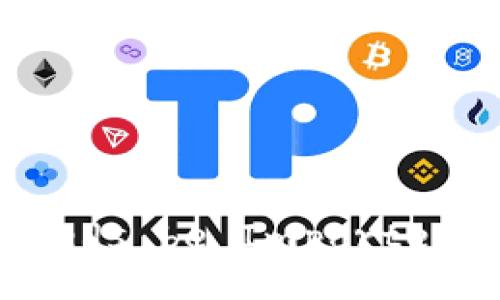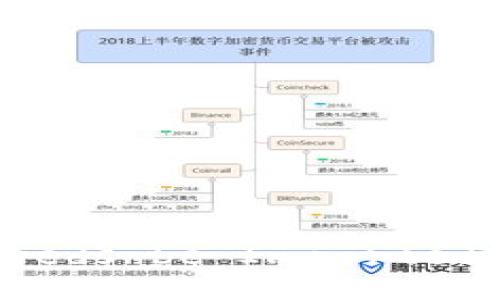Can Mnemonic Seeds be Imported to Any Wallet?
- By Trust钱包APP
- 2024-06-22 09:18:10
Content Outline:
I. Introduction to Mnemonic Seeds and Wallets
II. Can Mnemonic Seeds Be Imported Into Any Wallet?
III. Advantages of Importing Mnemonic Seeds Across Multiple Wallets
IV. Disadvantages of Importing Mnemonic Seeds Into Any Wallet
V. Steps to Import Mnemonic Seeds Into a Wallet
VI. Frequently Asked Questions Concerning the Use of Mnemonic Seeds in Wallets
A. What is a Mnemonic Seed?
B. Can Mnemonic Seeds be Used to Recover Lost Wallets?
C. Are Mnemonic Seeds Safe to Use Across Multiple Wallets?
D. How Many Mnemonic Seeds Should be Used Across Wallets?
E. Can Mnemonic Seeds be Backed Up?
F. What Happens if a Mnemonic Seed is Compromised?
I. Introduction to Mnemonic Seeds and Wallets
Mnemonic seeds, also known as recovery seeds, are a series of words used by several cryptocurrency wallets to create a backup of the private key. In case of device or wallet theft, the owner can use the recovery phrase to restore the assets into a new wallet. A wallet, on the other hand, is a software application that allows for the sending and receiving of cryptocurrencies.
II. Can Mnemonic Seeds Be Imported Into Any Wallet?
Yes, Mnemonic Seeds can be imported into any compatible wallet that supports the seed language. Wallets such as Ledger, Trezor, MetaMask, and Jaxx, support the import of Mnemonic Seeds. This allows users to easily switch from one wallet to another without necessarily losing their funds.
III. Advantages of Importing Mnemonic Seeds Across Multiple Wallets
One of the main advantages of importing Mnemonic Seeds across multiple wallets is that it provides an extra backup option for the cryptocurrency assets. For instance, if the initial wallet gets lost or malfunctions, the seed phrase can be used to restore the funds to a new wallet. Additionally, importing Mnemonic Seeds across multiple wallets provides an opportunity to easily access funds stored in numerous wallets.
IV. Disadvantages of Importing Mnemonic Seeds Into Any Wallet
One of the main disadvantages of importing Mnemonic Seeds into any wallet is security. Importing Mnemonic Seeds into an insecure or non-trustworthy wallet may expose the owner's private keys or recovery seeds to potential cyber-attacks or loss of funds. Additionally, importing Mnemonic Seeds into too many wallets may increase the risk of seed exposure, especially when the owner is not able to regularly update them or follow strict security protocols.
V. Steps to Import Mnemonic Seeds Into a Wallet
To import a Mnemonic Seed into a wallet, follow the following steps:
1. Open the wallet that supports Mnemonic Seed importation.
2. Select the option to import a wallet using Mnemonic Seed.
3. Enter the recovery phrase in the exact order as it was originally generated.
4. Click on import and wait until the assets are synced.
VI. Frequently Asked Questions Concerning the Use of Mnemonic Seeds in Wallets
A. What is a Mnemonic Seed?
A Mnemonic Seed, also known as a recovery phrase, is a series of words used to create a backup of the private key in cryptocurrency wallets.
B. Can Mnemonic Seeds be Used to Recover Lost Wallets?
Yes, Mnemonic Seeds can be used to recover lost wallets in case of device theft or malfunction.
C. Are Mnemonic Seeds Safe to Use Across Multiple Wallets?
Mnemonic Seeds can be safely used across multiple wallets as long as the user follows strict security protocols to ensure that the seeds are not exposed.
D. How Many Mnemonic Seeds Should be Used Across Wallets?
It is recommended to use a maximum of two or three Mnemonic Seeds across multiple wallets to reduce the risk of seed exposure.
E. Can Mnemonic Seeds be Backed Up?
Yes, Mnemonic Seeds can be backed up in case of loss or when changing wallets.
F. What Happens if a Mnemonic Seed is Compromised?
If a Mnemonic Seed is compromised, it is recommended to immediately transfer all assets to a new wallet and generate a new recovery phrase.






